Does the Phase of the Moon Affect the Sex of Your Foal… or is it an Old Wives Tale?
December 9, 2014 Comments Off on Does the Phase of the Moon Affect the Sex of Your Foal… or is it an Old Wives Tale?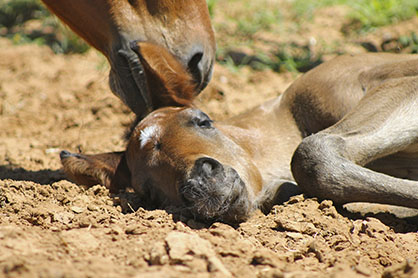
Their study aimed to determine whether there was a significant association between the phase of the moon at the time of mating and the sex of the foal that was subsequently born.
Continue reading …Flow Chart For Diagnosing EPM in Horses
December 5, 2014 Comments Off on Flow Chart For Diagnosing EPM in Horses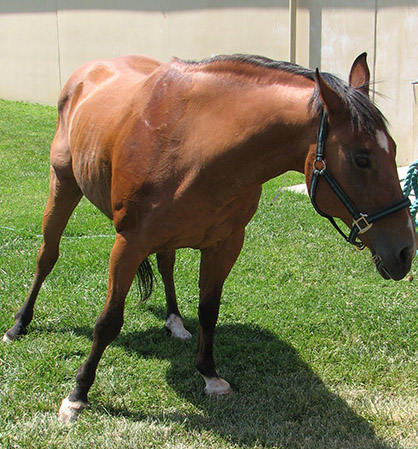
“What we discovered was that many veterinarians wanted assistance in properly diagnosing the disease, as it can be masked as many other possible conditions.”
Continue reading …NEW Withdrawal Period for Intra-articular Injections and Shock Wave Therapy in Competition Horses
December 4, 2014 Comments Off on NEW Withdrawal Period for Intra-articular Injections and Shock Wave Therapy in Competition Horses
If you’re one of those competitors who’s made a trip to the show vet the day or two before a big class to have your horse’s hocks, knee, fetlock, pastern, navicular, or coffin joints injected, those days are long gone. At least, four days gone to be specific.
Continue reading …Are You Ready For Winter? Part 1- Stocking Up on Hay
November 26, 2014 Comments Off on Are You Ready For Winter? Part 1- Stocking Up on Hay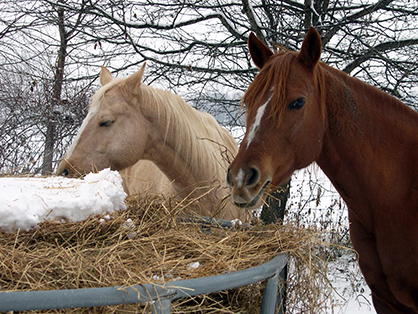
Did you know that the average 1,000 pound horse, that gets moderate exercise, needs about 20 pounds of hay per day? Add up the days, and you’re looking at 2,000 pounds of hay to last one horse about three months. Do you have enough hay to keep your horse going through the winter?
Continue reading …New Bolton Center Looking For Volunteer “Foal Sitters” For Equine NICU
November 25, 2014 Comments Off on New Bolton Center Looking For Volunteer “Foal Sitters” For Equine NICU
“Most mares foal between 10 at night and 6 in the morning,” Dr. Palmer said. “It is much more active at night. If you want to see the birth of foal, that’s when you want to be around.”
Continue reading …Horses With Eye Problems Receive Their Own Specialist
November 6, 2014 Comments Off on Horses With Eye Problems Receive Their Own Specialist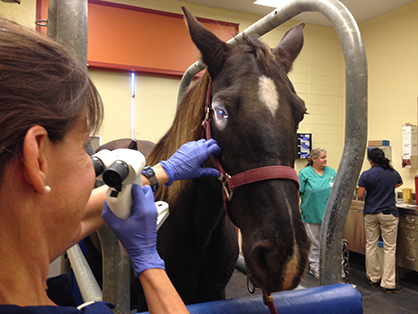
The new Equine Ophthalmology Service provides advanced diagnostics, as well as routine, complex and emergency medical and surgical care to horses with a variety of ocular disorders, including corneal ulcers, corneal and eyelid cancer, equine recurrent uveitis, cataracts, and glaucoma.
Continue reading …Tuesday Tip: Feed Scoops Measure Volume, Not Weight
November 4, 2014 Comments Off on Tuesday Tip: Feed Scoops Measure Volume, Not Weight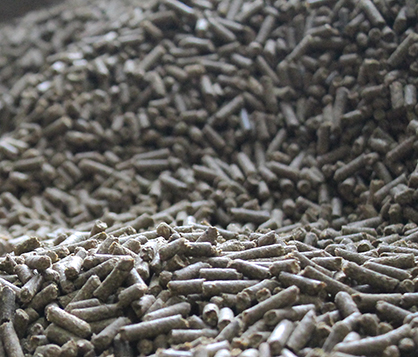
The directions on most feed bags offer guidelines in terms of the number of pounds (or kg) you should feed. If you use a scoop to measure your horse’s feed, how many pounds are you actually feeding? Are you assuming that a 2-quart scoop, for example, offers 2 pounds (0.9 kg) of feed? This can be a dangerous assumption.
Continue reading …Fly Season May be Ending but Ticks are Coming, Putting Horses at Risk For Lyme Disease
October 10, 2014 Comments Off on Fly Season May be Ending but Ticks are Coming, Putting Horses at Risk For Lyme Disease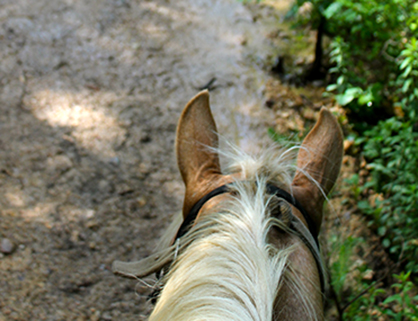
The life cycle of a tick puts horses at high risk for being bitten during the fall months, particularly in the Northeast and Mid-Atlantic states.
Continue reading …Feeding a Whole Food Diet to Horses – A Free Oct. Webinar
October 10, 2014 Comments Off on Feeding a Whole Food Diet to Horses – A Free Oct. Webinar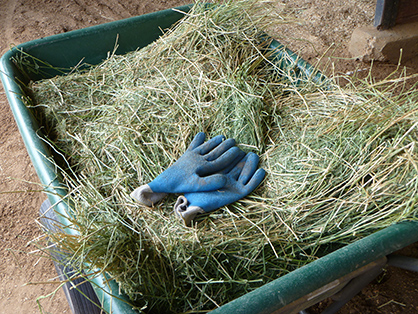
“Feeding horses doesn’t have to be difficult,” said Tigger. “My goal is to help break down the barriers of confusing labels and feeding programs so that individuals can provide better health to themselves and their horses, and improved performance in the show ring.”
Continue reading …What a Great Idea! Having a School Study Center by the Horse Show Ring
October 9, 2014 Comments Off on What a Great Idea! Having a School Study Center by the Horse Show Ring
As many parents are well aware, having their young equestrians miss school to compete at horse shows can be a tricky proposition when it comes to strict attendance policies. Often, a conversation must take place beforehand, including the teachers and sometimes the principal, in order to come up with a plan for making up missed work, rescheduling test dates, turning in work early, or even emailing or faxing assignments from the road.
Continue reading …







